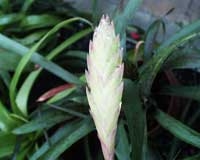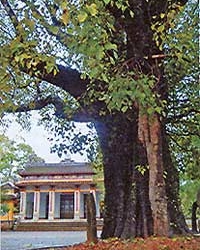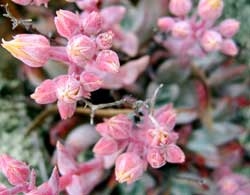China Conducts Numerous Plant and Microbial Gene Mutation Experiments in Space to Create Superior Strains
As the Shenzhou 14 spacecraft returns to Earth later this year, it will bring back some unusual cargo: yeast developed in space. This is part of a six-month breeding experiment aboard the Tiangong space station, which is currently under construction.
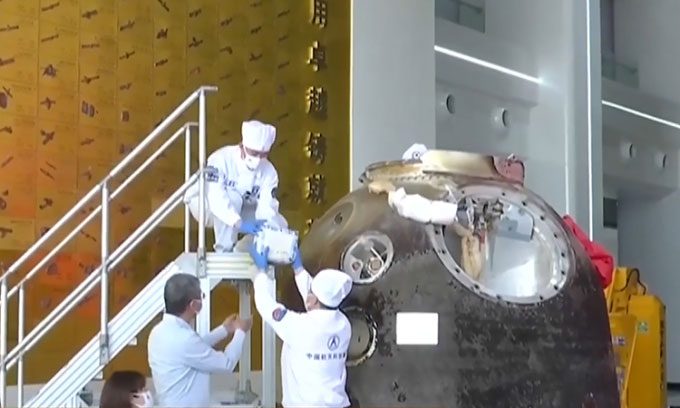
The Shenzhou 13 spacecraft returned to Earth on April 16, carrying 12,000 seeds among other items from space. (Photo: CGTN)
In addition to yeast samples, the “passengers” of this long-duration space mission include rice, soybeans, vegetables, and various bacteria essential for food preservation. These were selected by the Beijing Capital Agricultural and Food Business Group.
The company’s goal in sending crops and microorganisms into orbit is to stimulate gene mutations under the influence of cosmic radiation and microgravity to create superior strains, which can then be bred and utilized on Earth to provide high-quality food and beverages.
When the samples return to Earth, scientists will examine and assess their mutations. Compared to naturally bred varieties, some exhibit positive traits favored by farmers, such as higher yields, shorter growth periods, and better disease resistance.
Importantly, space-grown food is safe for human consumption. Expert Zhao Hui from the China Academy of Space Technology stated that, unlike most conventional genetically modified foods that involve gene transfer from other species, the seeds in space only undergo mutations of their own genes.
Another advantage is that this mutation process can yield “unexpected positive traits.” For instance, when Liang Sili from the Chinese Academy of Sciences examined a 500-gram green pepper grown in space, he noted “it contains more vitamins than regular varieties and is very delicious!”
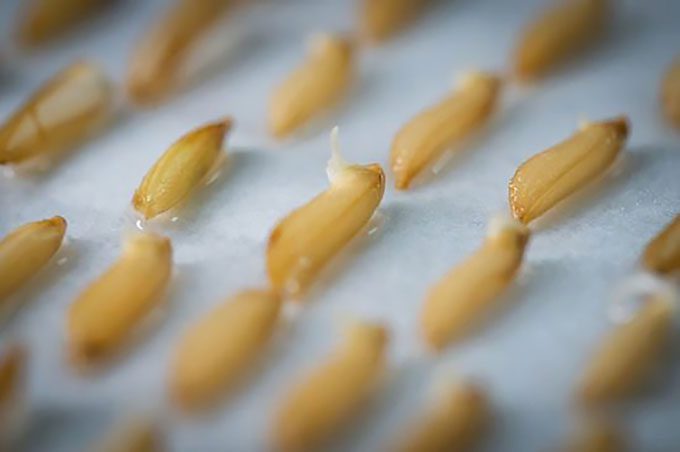
Rice seeds sprouted on February 26, 2021, after a lunar mission aboard the Chang’e-5 probe in a greenhouse in Guangzhou, southern China. (Photo: Xinhua)
China is a pioneer in applying space agricultural technology to terrestrial farming. The world’s most populous country conducted its first space breeding experiment in 1987, launching seed packages into satellites and bringing them back to Earth after exposure to cosmic radiation. Since then, seeds from hundreds of plant species have been sent into orbit with the country’s satellites and Shenzhou spacecraft.
Over the past three decades, China’s space breeding program has produced more than 300 crop varieties and 700 new plant species, ranging from vegetables and fruits to flowers. The total cultivated area has exceeded 2.8 million hectares, nearly the size of Massachusetts, USA.
Zhao, who is also the secretary-general of the China Space Livestock Innovation Alliance, stated that the space breeding program has helped increase grain production by 1.6 billion kilograms and generated economic benefits worth over 240 billion yuan (approximately 35.6 billion USD).
In Henan province, Liu Shunde is a farmer who has benefited from space technology. In 2016, he sent 13 grams of leek seeds into orbit for 12 days aboard a recoverable scientific satellite. After four years of research on Earth, the mutations of the leeks grown in space resulted in a new variety with enhanced cold and disease resistance. Since then, Liu’s business has rapidly grown, with larger cultivated areas, higher yields, and increased income.
Similar success stories have been reported nationwide, as space breeding represents an innovative approach to help Chinese farmers improve their productivity.
Experiments have been conducted in all flight missions during the essential technology verification phase of the Tiangong space station project. Thousands of crop seeds and microorganisms have been sent into space and returned to Earth by the Shenzhou 12 and 13 crews.
Zhao believes that with advancements in the space industry, humanity will send more seeds into space and create a “space oasis” in the future, potentially offering new solutions for global agricultural development, biodiversity protection, and combating climate change.








































